Periodically, a wave of pessimism washes over me concerning the dismal state of both our country and our Church, but when it does, I read history.
We are living through some unprecedented evil – there is no doubt about that – but many who have gone before us marked with the sign of faith have had it worse. The words of St. Peter often inspire me to keep that perspective:
“The brotherhood of believers is undergoing the same suffering throughout the world” (1 Peter 5:9).
One of those heroic sufferers was the 19th century President of Ecuador, Gabriel Garcia Moreno, who, it can literally be said, was assassinated because he was too Catholic.
It’s true that we don’t often put politicians in the category of “Goodness” like I am doing here, but every so often a true statesman looks at his own nation’s welfare with the mind and heart of Christ. This was never more the case than with Garcia Moreno who consecrated his country to the Sacred Heart of Jesus at a time when all other Latin American nations were rejecting their deeply Catholic heritage and opting to become purely secular states.
Thumbnail Sketch of History
I can only give a brief sketch, but a timeline should help us to see the forest for the trees of Latin American history.
Spanish Conquistadors (1500-early 1800s):
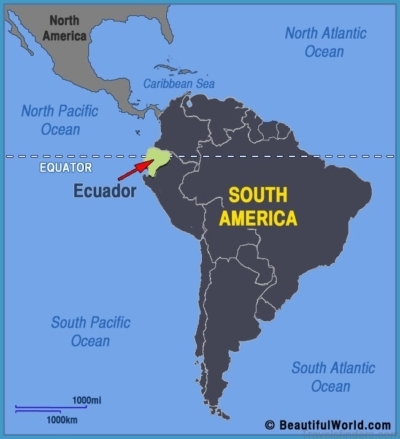 The colonization and evangelization of Latin America began with Christopher Columbus (1492). That used to be a celebrated part of American history, but needless to say, the legacy of the Spanish conquest of the Americas has fallen on hard times.
The colonization and evangelization of Latin America began with Christopher Columbus (1492). That used to be a celebrated part of American history, but needless to say, the legacy of the Spanish conquest of the Americas has fallen on hard times.
Soon after Columbus’s arrival, the Spanish and Portuguese found themselves fighting over all the territory of what we now know as Latin America and the Caribbean. They were a century and a half ahead of the English and the French who ended up fighting over North America!
In a very curious detail of history, the pope of the time, Alexander VI (from the infamous Borgia family), tried to mediate the territorial dispute between the two Catholic nations by drawing a line down one of the meridians passing through the continent and dictating that Spain could have everything west of the line while Portugal would get all that lie east of it (which is why Brazilians speak Portuguese today).
Why can’t popes today be so practical?
The following year (1494), the formal Treaty of Tordesillas essentially confirmed this division by carving up the South American continent between Spain and Portugal. This initiated 300 years of what is now called the Colonial Period for all of the Spanish and Portuguese territories.
The Latin American colonies were “liberated” from European domination by the Venezuelan-born general, Simón Bolívar, in the same way the North American colonies were liberated by our forefathers – revolution.
Simón Bolívar:
Bolívar (1783–1830) is called the Great Liberator (or just El Libertador) of the territory that now makes up most of South America. He was a great admirer of the French Revolution and the immoral men who carried it out.
Notably, Bolívar was undertaking his revolutions slightly after the time period that Napoleon ravaged Europe. In sum, he was very busy during the 1820s.
- In 1817 he took control of Venezuela from the Spanish and became its dictator;
- In 1819 he conquered what was then known as New Granada (roughly today’s Colombia); then
- Panama in 1821;
- Ecuador in 1822;
- Peru in 1824; and
- Bolivia in 1825.
His conquests of Colombia, Venezuela, and Ecuador formed the nucleus of a territory he called Gran Colombia, which didn’t outlast Bolívar because it was too unwieldy for one person to rule.
In the political vacuum created by his death in 1830, the individual territories were taken over by local dictators called caudillos (Latin American style politics!). And it is in this area where the story of Gabriel Garcia Moreno begins.
Ecuador
The small but exotically beautiful country of Ecuador had eight different strong-man presidents from the time of its Bolívarian independence in 1822 until the presidency of Garcia Moreno from 1860-65 (and again from 1869-1875).
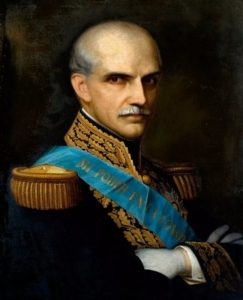 Garcia Moreno was a Catholic in the depth of his heart as well as in his political vision. In his youth he thought he had a vocation to the priesthood but decided it was not his calling. His calling was to public service.
Garcia Moreno was a Catholic in the depth of his heart as well as in his political vision. In his youth he thought he had a vocation to the priesthood but decided it was not his calling. His calling was to public service.
During the early part of his career, he knew the European/French-Revolution-style caudillos who were the political heirs of Bolívar and saw them systematically destroying his beloved nation. Without the Spanish system to protect them, the ravagers persecuted the clergy, stole Church property, reneged on solemn agreements with the Church, and attempted to establish a nation without God or Church.
Garcia Moreno also knew that the social dissolution and chaos that all this destruction brought about was because of the nation’s alienation from its Catholic roots. It led to the wrecking of the previous free-market economy of the Spanish, the degradation of institutions and customs, and the explosion of immorality.
So he did something about it. Among the many measures that brought stability to his country were these:
- His government passed a Constitution that declared the Catholic Church to be the official religion of the country and provided protection for the clergy;
- He put the Jesuits in charge of the nationwide educational system;
- He revamped the economy, the treasury, the agricultural sector, and international trade; he protected the industries that were favorable to economic prosperity (such as Ecuador’s most sought-after export cacao – ah, chocolate!);
- He signed a treaty with the Vatican assuring ongoing, mutual friendship and cooperation between the two, including financial support of the papacy.
In other words, he was the best thing ever to happen to Ecuador – and he was hated for it by the enemies of Christ.
Retribution
In the “no good deed goes unpunished” department, Garcia Moreno was then driven out of office and into exile by his enemies in 1865. He returned a few years later and was reelected because the succession of little dictators who came after him had done nothing but reverse all the gains he had made and wrecked the country in the time of his absence.
Sound familiar?
The last straw, however, was his support of the Church. Garcia Moreno worked closely with the Catholic Church to do something unprecedented, even for Catholic Latin America: He consecrated his country to the Sacred Heart of Jesus. It was the first time a head of state had ever done this.
In his book about the consecration, Fr. Severo Gomez Jurado noted that President Garcia Moreno jointly consecrated the nation with the reigning prelate of the country, Archbishop José Ignacio Checa y Barba on March 25, 1874, symbolizing in a very dramatic way the seamless collaboration of government and church in a state that honors the social Kingship of Christ in law and culture.
The Freemasons were furious.
Yet, it was in some way “destined” to be so, or at least predicted well ahead of time. In a little known apparition, Our Lady of Good Success (Quito, Ecuador, 1599), prophesied the consecration more than two hundred years earlier. It’s amazing to read:
A truly Catholic president will come in the nineteenth century, a man of character, to whom Our Lord God will give the palm of martyrdom in the plaza where this convent of mine is. He will consecrate the republic to the Divine Heart of my Blessed Son. This consecration will uphold the Catholic religion in the subsequent years, which will be tragic for the Church.
The nun who received this apparition also predicted the dogmas of the Immaculate Conception and papal infallibility by two hundred years. Incredible.
The Atrocious Assassination
As night follows day, the effect of this consecration was dramatic and fairly swift, as far as political reactions go.
On August 6th, 1875, when Garcia Moreno was praying in the Cathedral next to the Presidential Palace. Abruptly, he was summoned to his office. There was an “urgent” situation that had to be dealt with. He dutifully concluded his prayer and made his way up the front stairs to the palace where he was waylaid by four men with a machete and guns.
The principal attacker, a man named Rayo, struck him in the back of the head and arms with the machete, all the while yelling, “Death to the tyrant!” and other revolutionary slogans. Then the other three men shot him in the chest.
They threw him down the stairs and continued to hack and shoot him. It is estimated that the President suffered a total of seventeen deep gash and bullet wounds on his head, neck, and chest. (This was a decade after Lincoln’s assassination.)
In an unbelievable final act of his heroic life, while dying, Garcia Moreno dipped his finger in this own blood and wrote on the ground where he lay, “Dios no muere” – God does not die.
The soldiers who witnessed what happened from across the plaza, carried the President’s body to the Cathedral where he received Last Rites. He humbly forgave his enemies and then expired. How fitting that he should die in the premises of the Church and in the grace of the sacraments.
As for the assassins, Rayo was killed on the spot by a soldier who shot him, one other assassin was captured the next day and put to death (thankfully, repentant of his crime), and the two others escaped, never to be heard from again.
A subsequent investigation into the incident discovered at least two hundred anti-Catholic leftist sympathizers had played some part on the plot to kill the President. But no one else was ever held accountable for the crime. This was due to both the lack of solid proof and the control of the judiciary by Freemason judges.
Sound familiar?
The Story is Not Over
Bolivar is the conquering hero of Latin America, but he set forth the forces which attempted to drive God out of the public forum. Garcia Moreno consecrated his country to Jesus and is hardly known beyond its borders.
Today all the Latin American countries are basically secular states which exist in uneasy tension with the Church. Although secularism has essentially won, the story is not finished.
Ecuador is still the Kingdom of the Most Sacred Heart of Jesus.

Soul Work
Have you ever looked into the devotion to the Sacred Heart? It is actually the Church’s oldest devotional practice, rooted in the very piercing of the Heart of Jesus on Calvary: “One soldier thrust his lance into his side, and immediately blood and water flowed out” (John 19:34).
This blood and water represents the sacramental life of the Church. In other words, from our Savior’s Heart, the Church was born!
There are two things you can do today to understand this devotion: spend some time praying the magnificent Litany of the Sacred Heart and read the story of the apparitions of the Sacred Heart to St. Margaret Mary Alocoque (in 1673).
In no other place can we find such a magnificent refuge for our tired souls than in the very Heart of Christ Himself!
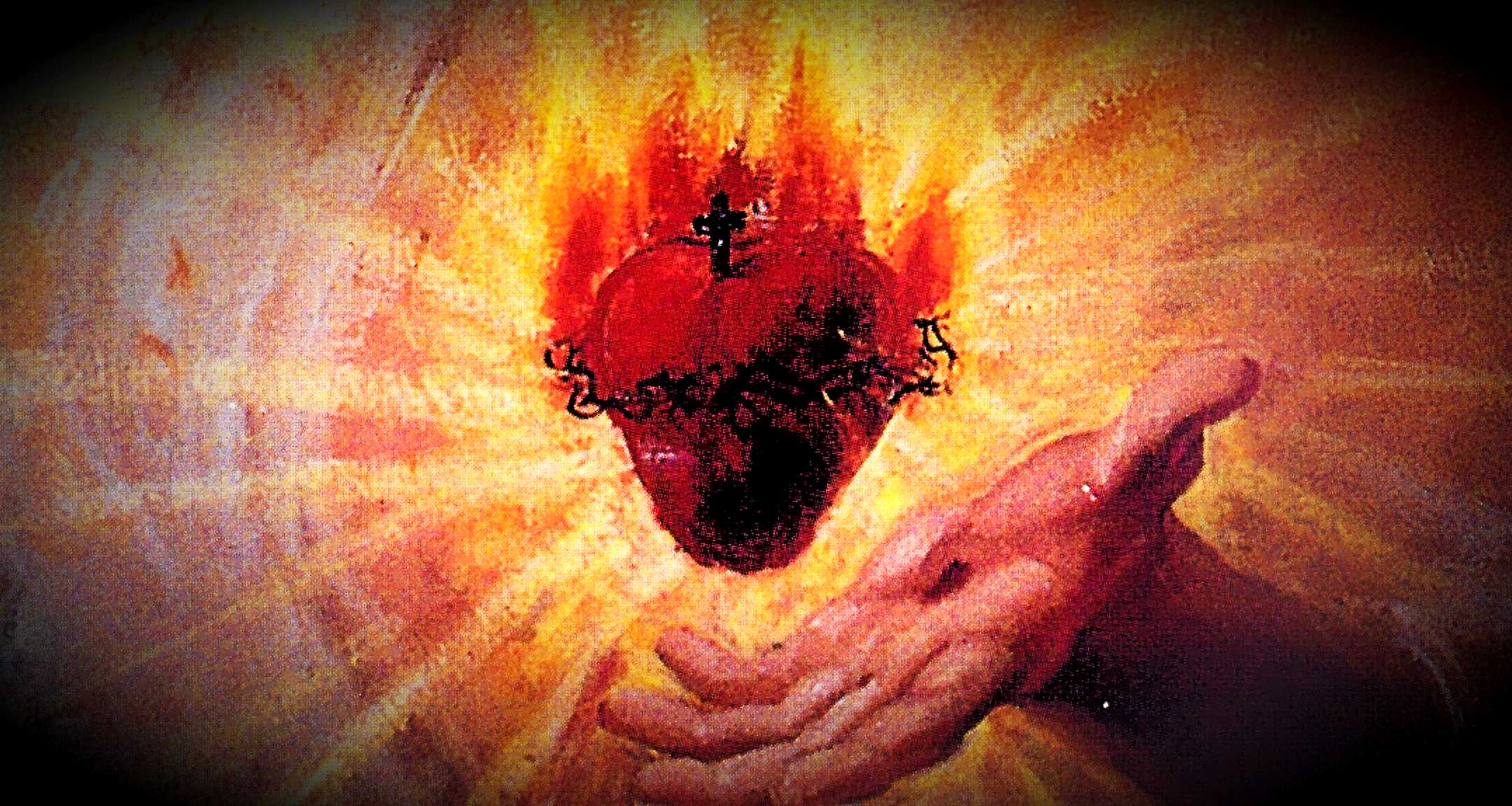
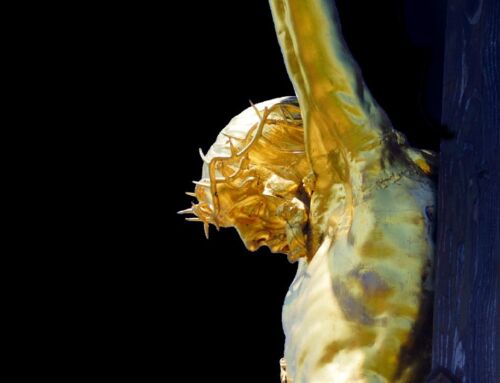
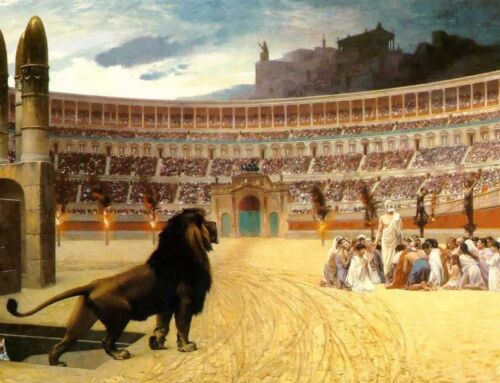
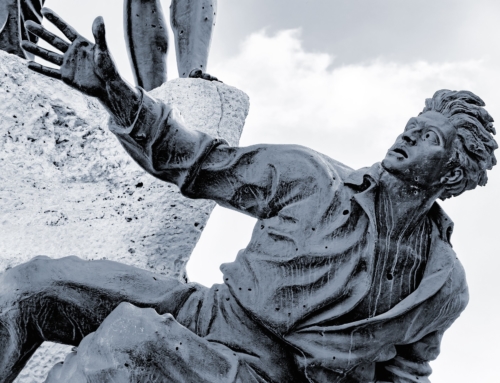
I pray that America can be consecrated to the Immaculate Heart of Mary and the Sacred Heart of Jesus!
So happy to have read this . What a gift a such beautiful historical truth of running the race for Christ and His Holy Church. I looked this up after reading of the prophecy given to Mother Mariana in a recently written book bye Xavier Reyes-Ayral Revelations The Hidden Secret messages of Our Lady . We are living in the end times and so sad that the prophetic messages are all happening in these our crazy times. May The Lord arise and scatter His enemies The freemasonry sects and communists around the world.